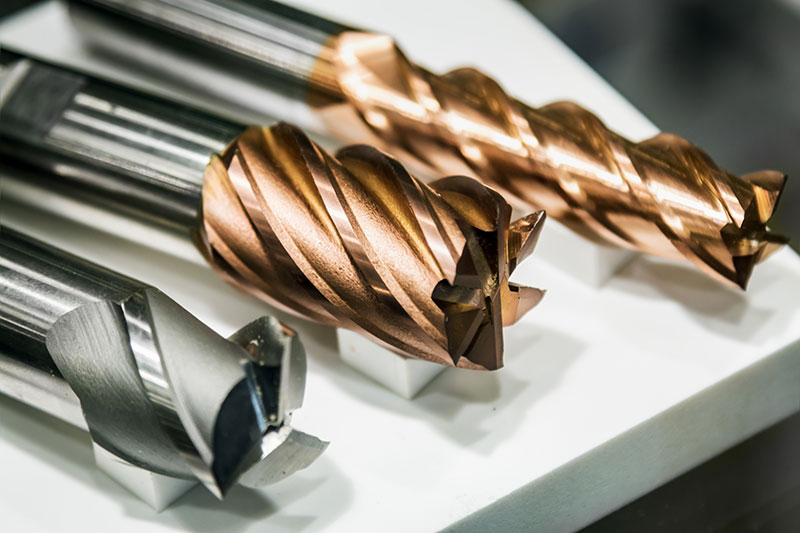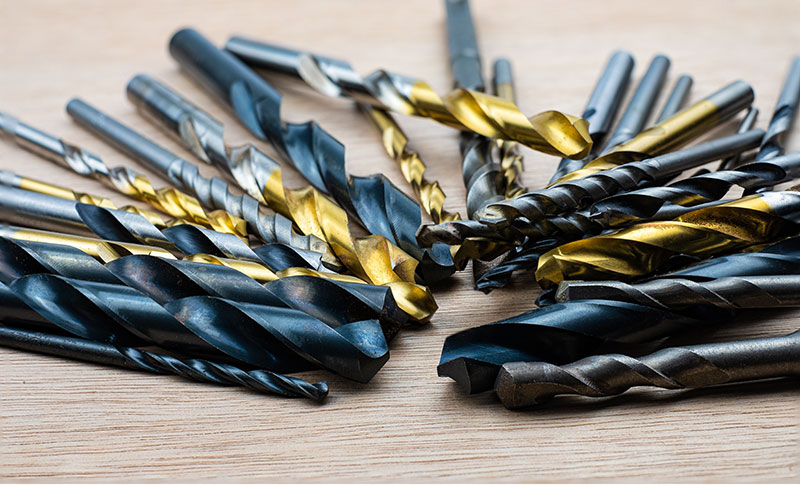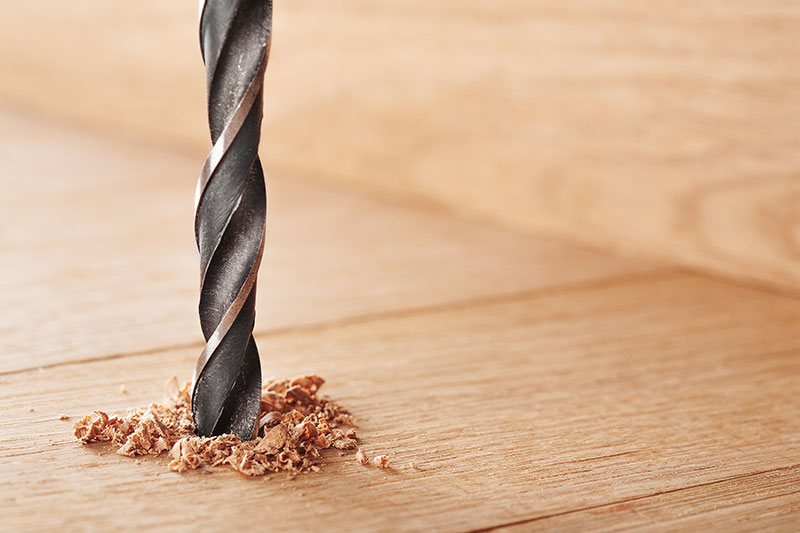Advertisement
The drill is one of the indispensable tools that are worthy investments for any homeowner. Having one in your home is a must in case of simple repairs or DIY projects. The versatile nature of this essential power tool is due to the variety of attachable bits. Take note that every drill bit is uniquely suited for a specific material or task.
With the variety of drill bits available in the market, you might find it challenging to choose which one to use for a project. To help you out, here are helpful tips so you can select the right drill bit to use.
For A Specific Application

Drill bits are available in different materials, and there’s no one-size-fits-all option. The material you’ll choose mainly depends on the type of application; although some materials are suitable for wood, others are best for metal and hardened steel.
Here are the various materials and their appropriate applications.
- Carbon steel: Drill bits in carbon steel are available in two types–low and high. Low carbon is suitable for soft materials such as wood and plastic. High carbon steel works well on hard surfaces such as metals and strong woods.
- High-speed steel (HSS): With its structural integrity, heat resistance, red-hardness, and optimized performance at high speed, it’s the ideal choice for various kinds of drilling, whether wood, metal, or steel.
- Cobalt: It’s a recommended option for sturdier metals and stainless steel.
- Carbide: As the most rigid material, it’s ideal for industrial purposes involving iron, hard steel, nonferrous heavy metal, and abrasive materials.
- Diamond drill bit: When working with non-wood surfaces, such as marble, tile, ceramic, stone, porcelain, or glass, it’s the best choice.
Flute Design

The flute designs are the channels on the drill’s body that perforates the surface or material. Here are the various types available:
- Standard: A popular choice with a circular cross-section.
- Straight: It’s the ideal choice if the priority is the rigidity of the drill and suitable for short chipping material.
- Parabolic: It stands out for its short cycle times, high feed rate, and smooth evacuation.
Coating Type
Some drill bit manufacturers provide a coating on the bits to lengthen their lifespan and allow better performance under certain conditions. The most common coatings are the following:
- Black oxide coating: It’s the most popular type of coating. Black oxide helps hold lubricants to ensure smooth and cooler drilling. It’s not suitable for nonferrous metals, such as aluminum.
- TiN coating: A titanium nitride coating adds additional lubrication at the drill point for longer tool life and rapid drilling speeds.
- TiAIN coating: The titanium aluminum nitride coating is highly effective under higher drill speeds and feed rates. It works well on titanium, stainless steel, high-temperature alloys, and ferrous metals.
- Bright finish: The term refers to a drill bit without surface coating. The flutes undergo polishing for better chip removal and work well for nonferrous metals such as aluminum.
Length Of The Drill Bit

When finding the right drill bit for your cordless drill, there are five standard length categories to check out.
- Jobber length: As the most popular drill bits, the length is the ideal choice for general purposes and has flute lengths between 9 and 14 times the diameter of the drill.
- Tape length: These are ideally for pre-drilling pilot holes for the shanks of wood screws.
- Extra length: These are also called aircraft-length drill bits.
- Mechanics length: These drill bits boast a shorter flute length and a shorter overall length than a standard jobber bit, making them less susceptible to breakdown and ideal for more complex drilling.
- Screw machine length: These are the shortest of the drill bits with the lowest length-to-diameter ratio.
Generally, the shorter drills are ideal for applications that require a high level of precision and accuracy. Additionally, they are more rigid and sturdier. Nevertheless, there are cases where you need to use the longer drill bits, depending on your project.
Drill Point Angle
The point angles in drill bits are available in various forms. Throughout the years, the angles 118° and 135° became the popular choices. For soft materials, such as wood and aluminum, it’s best to use 118° since it has a sharper tip with a smaller chisel.
When working on hard materials, such as stainless steel, 135° is the best choice since it’s flatter with more pitch and a longer chisel.
Conclusion
Finding the right drill bits to work with any project can be challenging, especially if it’s your first time using the power tool. Knowing the appropriate drill bit to use will take time and practice, but do not lose hope. With the help of these valuable tips, you can easily find the right one for your needs. Additionally, make sure that you’ll check your pilot hole charts and organize your drill bits in a storage container to make it easier to find the right one for your needs.

